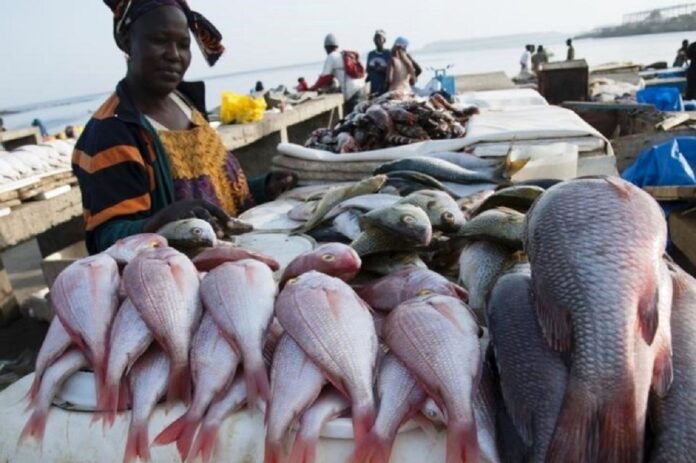- Advertisement -
The goal of every entrepreneur is to make a profit.
A myriad of factors accounts for profitability in fish farming. The fish farmer should consider these factors before and after venturing into fish farming to optimize profit.
Read also: Detailed Guide to Rabbit Production and Management in Ghana
TECHNICAL AND BIOLOGICAL FACTORS IN FISH FARMING
- Suitability of site(s) selected for the project.
- Feed (Quality of feed and quantity of feed administered to the fishes). Feed fish with good quality feed and use a feeding chart to know the right quantities of feed to be given to the fishes. Alternatively, feed fish to satiation.
- Farm management practices – Learn and adhere to the Best Fish Farm Management Practices (BFFMPs) by regularly consulting Fisheries Experts.
- Quality and quantity of fingerlings stocked – Overstocking and under-stocking affect fish growth performance and profit. Whilst the former results in poor growth of the fishes, especially in the absence of continuous aeration, the later is not economically feasible. Contact Fisheries Experts to know the right quantities to stock in your rearing facilities.
- Quality of water used and its reliability – Test to see if water quality parameters are within the acceptable ranges (Dissolved Oxygen (DO), Ammonia, Nitrate, Hardness, Turbidity, etc.
- Fish diseases (will increase mortality) also affects profitability in fish farming- Contact Fish Health Experts.
Read also: Beekeeping: Key Factors to Consider in Selecting Sites for Apiary/Beehives
ECONOMIC AND FINANCIAL FACTORS
- Market availability for the product
- Market Prices (Paid for inputs and received for selling output). NB: Sensitivity analysis reveals that the price at which you sell your fish in the market is more sensitive in determining profit or losses.
- Debt Servicing (Payment of interest and repayment of principal on loans)
- Rent payment (eg. land, farmhouse, equipment’s, etc.)
- Effects of adding additional projects – one must look at the marginal cost (including opportunity cost) of adding that production activity and compare it with the marginal increase in benefits that the new activity will bring. Additional projects have four (4) effects; it may increase income, reduce income, increase the cost or reduce cost. A partial budget helps to search out the best combination of production activity.
- Labour costs ( Family labour, casual labour and permanent labour).
- Cost of transportation and/or fuel expended on the farm.
- Bonuses and commissions paid from farm income.
- Theft and losses from fish predation by birds, snakes, human, etc.
- Cost of family consumption
- Fish culture duration (Fishes not harvested at the end of a production cycle has two (2) implications; you either continue to spend more on feeding or you stop feeding and the fishes losses weight which affects production). To ensure farm profitability, harvest totally (not partially) at the end of the cycle and re-stock to begin a new cycle.
SOCIO-CULTURAL FACTORS
- Beliefs and behaviour of the people in the community with regard to fish farming and the specie to be cultured.
- Disputes evolving from Land and water usage for the project.
NATURAL FACTORS
- Impacts of climate change (drought, flooding, windstorms, etc.)
- Earthquakes, etc.
- Willingness and seriousness of the farmer to undertake the project (vital).
Featured Image Source: LINA
- Advertisement -


